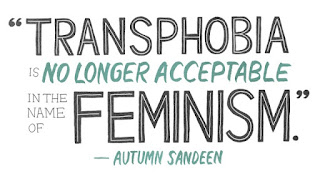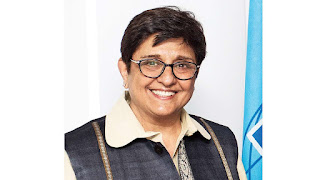Deprived Creations
According to a study conducted by unesdoc.unesco.org, the phenomenon of street and working children is an offshoot of the complex interplay of various factors in India. The phenomenon seems to have acquired a gigantic dimension in the wake of rapid industrialization and urbanization. The large-scale presence of street and working children is a symptom of the disease that is widespread due to exploitative structure, lopsided development and iniquitous resource ownership. Other parameters contributing to its presence in India are large-scale unemployment, rapid urbanization, rapid population growth, extreme poverty, increasing disparities in wealth, cutbacks in government social and educational budgets, high level of child abuse by the parents/society and a breakdown of traditional family and community structures. Human migrations from rural to urban areas have contributed significantly to a substantial increase in the number of street and working children.
According to revised estimates, as assessed by the IL0 Bureau of Statistics, the number of working children in the world between the ages of 5 and 14 years is at least 120 million. India has the largest population of these street and working children in the world. Most of the children live or work on the streets of urban India, labouring as porters at bus or railway terminals; as mechanics in informal auto-repair shops; or as vendors of food, tea, and handmade articles. They are also engaged in several hazardous industries and processes throughout the country. Many of them are also procured as sex workers. The parents/crime rings often use these children for begging around the crossroads and places of worship. These children suffer from the worst kind of deprivation and denial of basic necessities such as education, health, food, shelter, physical protection, security and recreation. The children have never gone to school or are dropouts; hence their integration straight into formal schools may pose problems and may lead to aversion towards education. The Primary education system in its present form is unacceptable, unrealistic and unreachable to the children of poor, downtrodden and rural families. It is an established fact that work can keep children away from school but at the same time, poor quality of education often causes children to drop-out/‘push-out’ of schools and they start working at an early age.
Quoting a post from YOUTH KI AWAZ by Tanmoy Bhaduri, a photojournalist, in #TheInvisibles, Child Rights, Human Rights, Photo Name, Staff Picks, YKA, “On the downside though, there are no official statistics on the number of children in street situations, in the first place. It’s difficult to officially gauge whether the situation has improved then, or just better camouflaged. Their tendency to be floating characters too gets in the way of making official estimates. And without official estimates, it is impossible to address this issue. Because the city is not just lacking empathy, but in situations, can be absolutely hostile towards children, especially girls.” In one of his projects on street children of Kolkata, he shared some of his photographs:
 |
| (Photo: Tanmay Bhaduri from youth ki awaz) |
Since 1994, LAMP has been running the Integrated Street Children Integrated Programme, now converted in the name of ICDS with the kind assistance of the Ministry of Women & Child Development, Govt. of India and the Department of Social Welfare, Govt. of West Bengal.
Some of the other organizations in Kolkata that support education and welfare of the street children are, CINI: Child in need institute and the Hope Foundation. However, the condition has deteriorated over time. The abundance of children living and working on streets of Kolkata is increasing ever since, with the price hike and dominance of the influential being rampant.
Here is just a small step we all individuals can take towards the disparity. We save rupees 10 every day and after a certain period of time use the money for the betterment of the homeless. I would like to suggest, here, the money that we save should be beneficial, in the long run, for the children in need, as they have a long-deprived life in front of them and moreover, of which, they can do nothing. The money can be used for educating these children, as only education gives them any hope for a better future. Primary education in India is a basic right to all children and hence I suppose it would not be much of a problem to admit them in government-run schools, and invest the money in buying resources. More interestingly the compulsory mid-day meal schemes are in favour of us.
Among the major problems that would arise, the most prominent ones are:
- Making the parents, who would otherwise like to use their children as another source of family income, aware of the benefits of education and how it could change the fate of the family.
- Creating an urge among the students to complete their education and in some cases extra care to their needs( as they won’t be like the other students coming from middle-class families and hence might require special attention).
- Alongside basic education, the other supports required by the working children includes vocational training skills and marketing skills to upgrade their self-supportive system at an appropriate age. The vocational skills learnt and products produced should be made available to markets through collaborative support from the authorities, consumer groups and traders.
~ Ritaja
This article has been Sponsered by :
 |
| (For details click on the name below 👇) JAYSWAL MARKET |
Follow us on :
Facebook page :
Instagram :
Twitter :



Comments
Post a Comment